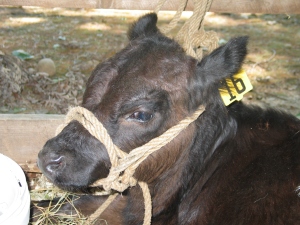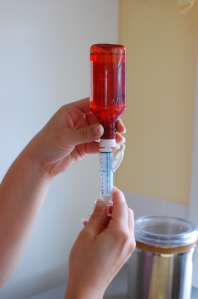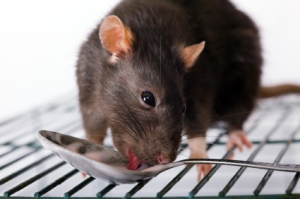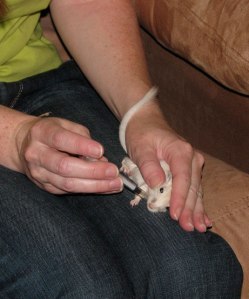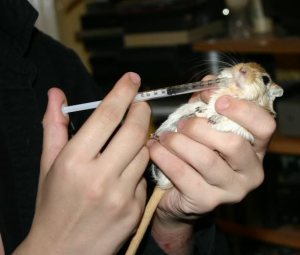 Fostering involves keeping a shelter animal in your home until they are adopted. Fostering is great because:
Fostering involves keeping a shelter animal in your home until they are adopted. Fostering is great because:
- It is flexible – you decide how long you can keep the animal for and foster accordingly. Only able to take house trained dogs? Let your shelter know and they’ll work with you.
- It is low commitment – can’t commit to a dog for the next 15 years, but would love one for the next few months? Fostering is for you.
- It is affordable – shelters pay for some to all of the animal’s expenses. Check with your local shelter. Some may give you everything, some only veterinary care, and then there’s everything in between.
- It saves lives- every animal you foster creates room for the shelter to take in another, and depending on the area might well have saved the animal from being put down.
- It gives pets a second chance – some animals need a little extra TLC or might not do well in a stressful shelter environment. Fosters give these animals the quiet environment they need to shine!
- It is rewarding – Nurturing a pet and helping them find their forever home is a great accomplishment and something to be proud of! This is also a chance to help a far higher volume of pets than you would if you adopted.
- It is fun – want puppies/kittens? Homes for a mother and her litter are in high demand in my area. Also, you can foster anything from mice to cats to horses.
- It helps adopted animals stay in homes – a foster home is a chance to learn about an animal’s personality, which might be completely unknown just coming from the shelter. Fosters also help train and socialize the animal, which makes them more desirable. Any way you slice it, animals coming from foster homes are more attractive to adopters. Adopters like this guesswork taken out of the equation, and it also helps them to know what they are getting, so to speak. Also, almost all animals behave differently in a home than in a shelter. A dog might be a perfect angel in a home but a poorly-behaved stress ball in a shelter (and thus have extremely little chance of getting adopted). In just a few days, you could take a dog like this and make them highly desirable for adoption by merely giving them the safe home environment they need to relax and be themselves.
All in all, I think fostering is great, and I’m looking forward to the day that I have the ability to foster dogs. It is undoubtedly hard work and hard to let the animal go when they are adopted, but you know you gave them a second chance at life they may not have gotten otherwise. A great article about the subject can be found here.

Rock it like this pooch! You can buy these bandannas at http://www.etsy.com/listing/27292733/6-ml-adopt-me-bandannas-for-dog-rescue
In order to help your foster pet get adopted, I recommend letting people know as much as you can that your foster pet is looking for a home. They should still be listed by the shelter (such as on petfinder.com or in a picture at the shelter), but any publicity you can give them is great! I recommend those bandannas and vests for dogs that say “Adopt Me!” or similar when they are out in public- you never know whose eye they may catch.
Happy Fostering!
.
















